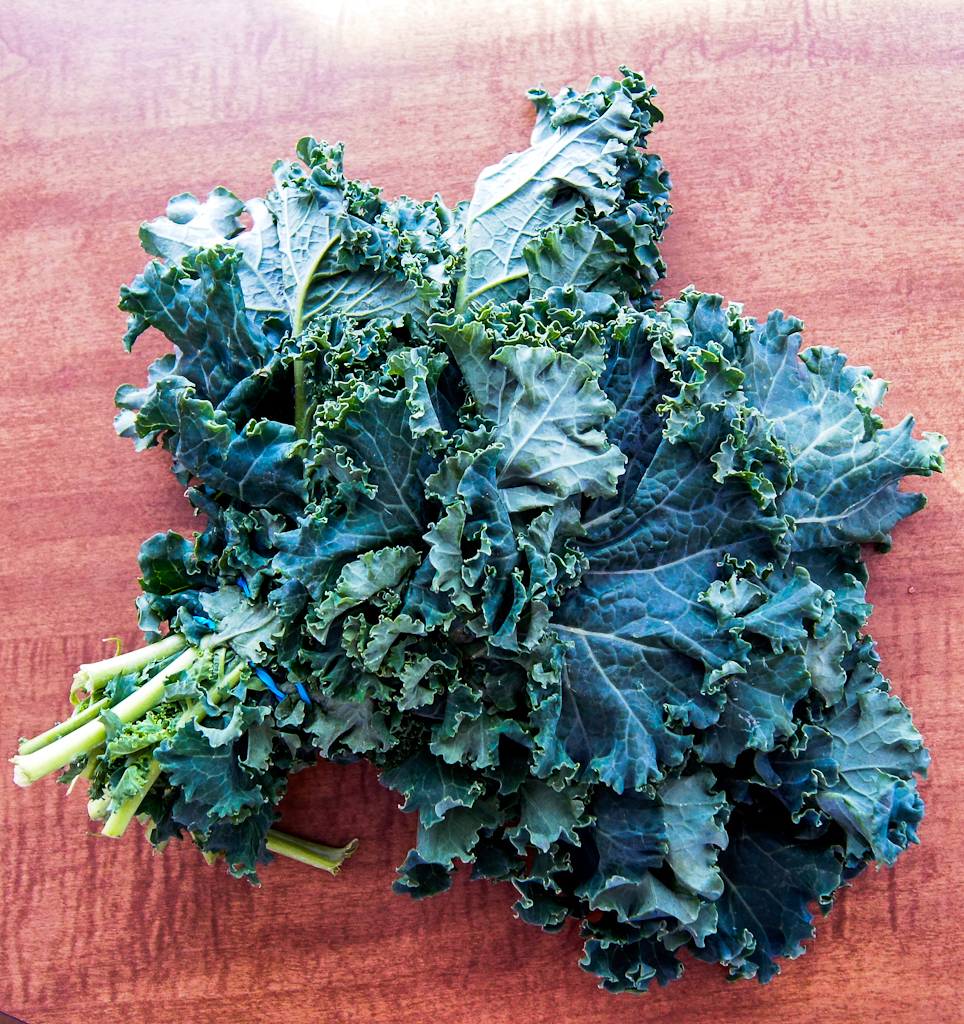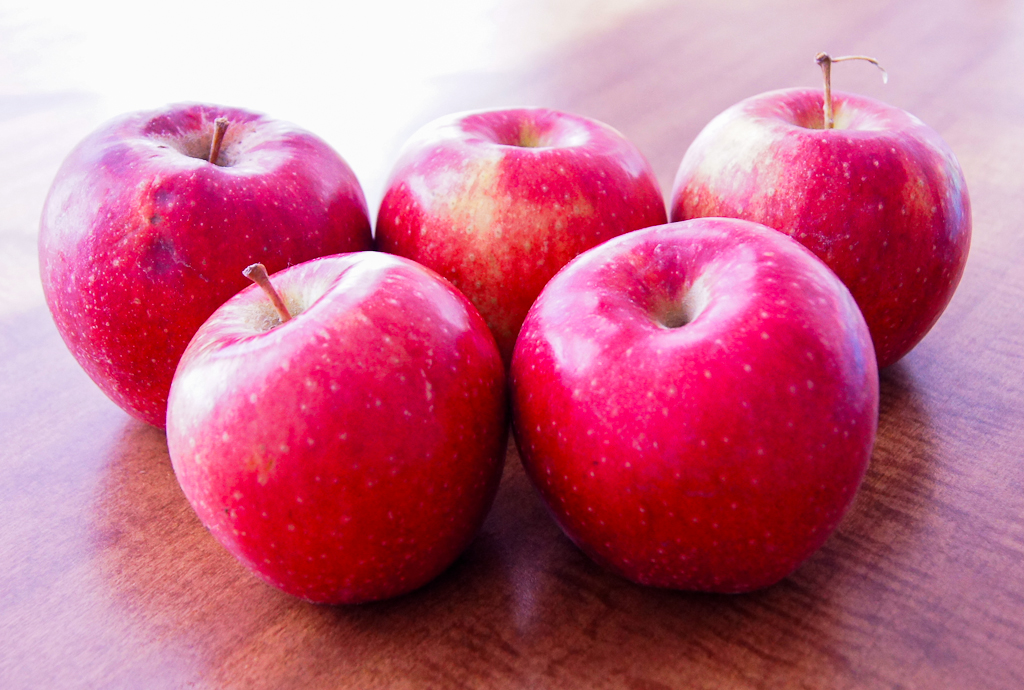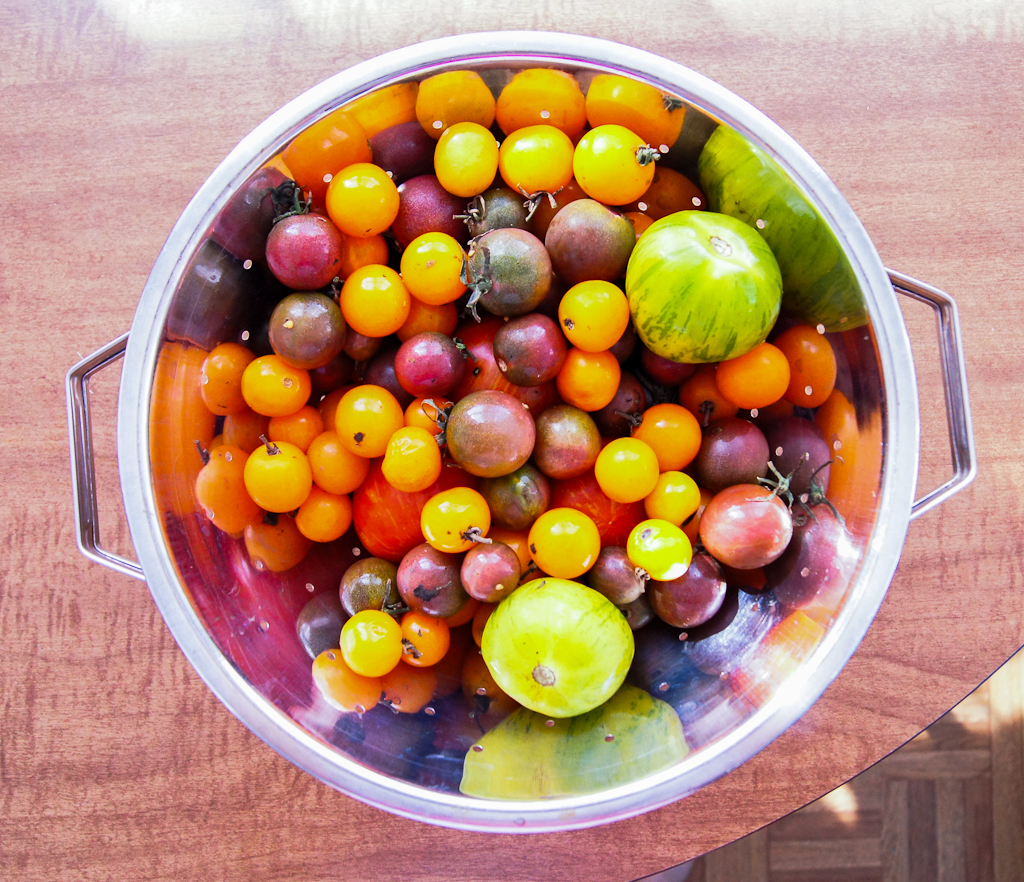Admit it. You’ve succumbed to the lure of those gleaming blueberries, gave in to the crisp, emerald broccoli or just flat out purchased plums you didn’t originally plan to return home with. Sure, at the time of the purchase, you had all sorts of motivation to prepare these fresh fruits or veggies. But now they’re still waiting in the fridge for their time to shine. All sorts of questions are running through your head at this point. Is it safe to eat these tomatoes after you’ve had them for a couple of days? Will they still taste good? Did you even store them right?
Questions like these are the reason for tons of fruits and vegetables going into the trash every day out of sheer apprehension, but keeping produce fresh is actually pretty easy if you know what you’re doing. Northwestern’s own campus dietician, Justin Heaton, has a few tips to ensure that, when you finally get to it, the beautiful produce will live up to your expectations.

Photo by Amanda Gajdosik
Fridge or no fridge?
While it’s pretty safe to put most fresh fruits and vegetables in the refrigerator, some of it keeps just fine at room temp. “Most vegetables and anything that’s going to expire quicker should probably go in the refrigerator,” Heaton said. Snacks like berries, grapes, melon, celery and carrot sticks should always be stored in the fridge, but it’s not necessary to keep bananas, apples, oranges, potatoes, onions, canned fruits or canned vegetables in there. “If it’s not in the fridge, keep it out of the sunlight and away from windows,” Heaton said. “Make sure to find a place that’s dry and cool to store it in.” If you don’t have fridge but still need your fruit fix, fear not. Heaton recommends dried fruit as a good alternative to the fresh stuff.
When to wash
You already know that you have to wash everything before eating it, but you may not have realized that it matters when exactly you wash it. “You should wash produce right before you are going to eat it,” Heaton said. “If you wash it too early, it’s going to wipe away some of the bacteria that will actually save it a bit longer, so that would speed up the decay process.” Also, if you’re going to slice your fruits or veggies, only do so immediately after washing, and before eating them.

Photo by Amanda Gajdosik
Cabin fever, veggie style
Many people don’t know that storing certain fruits or vegetables together actually speeds up the ripening process due to the ethylene gases released by certain fruits like bananas and apples. “If you want to ripen a banana quicker, you can store it with other fruits and vegetables,” Heaton said. “But storing produce separately will keep it from ripening so quickly.” You can use this knowledge to ripen produce quicker, as Heaton suggests, or you can use it to avoid your peaches from getting soggy before their time. To separating your produce, all you really have to do is keep everything in separate bowls or storage containers with holes for air exposure.
Storage times
The amount of time you can keep produce in or out of your fridge can vary greatly, and it all depends on the freshness and ripeness at the time of purchase. Here are the keeping times for some common favorites:
- 2-3 days: berries, pineapple, cherries and tangerines
- 3-5 days: avocados, green onions, spinach, beans, broccoli and kiwis
- 1 week: melons, celery, tomatoes, lettuce and green beans
- 2 weeks: carrots, radishes and beets
- 2-3 weeks: citrus fruit and cranberries
- 1 month: apples
One last thing to remember is that one rotten piece of produce can ruin the rest around it. “Even if one apple in a bunch goes bad, you should definitely take it out because it has all those ethylene gases that will speed up the process of all the other apples ripening if you leave it in there,” Heaton said.
Now that you know how to keep produce fresh, you have no reason to nosh on Oreos and Cheez-its in your dorm room anymore. Get out there and fall in love with fresh fruits and veggies all over again.

Photo by Amanda Gajdosik

